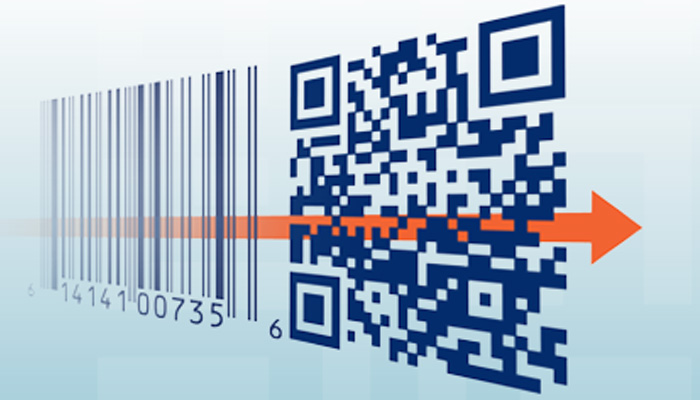The global retail sector is preparing for a major transformation that will revolutionise inventory management across the supply chain and elevate transparency and traceability for consumers. The long standing EAN/UPC barcode, which celebrated its 50th birthday this year, will soon transition to the data-rich 2D barcode. This evolution is reflective of the ongoing shift in consumer expectations, as demand grows for more information about the products they purchase.
The Sunrise 2027 initiative began back in 2020 and marked the beginning of the retail sector’s widespread adoption of 2D barcodes at point-of-sale (POS). By the end of 2027, retailers worldwide are expected to have POS systems equipped to support scanners that can read both traditional 1D barcodes and the latest 2D barcodes. This will create a more dynamic and interconnected retail environment, enabling businesses to operate with improved accuracy and efficiency.
Developed by global standards body GS1, the new Digital Link 2D barcode, similar to a QR code, is being pushed to retailers worldwide. In addition to the global trade identification number (GTIN) – the unique product identifier found in existing EAN/UPC barcodes – this new and improved version will store a wealth of extra information, including batch numbers, logistics data, marketing activation details, and more. Empowered with richer data, retailers will be able to keep up with growing customer demands for detailed product information.
The Digital Link barcode with enhanced data capabilities will provide consumers with the ability to access key product details such as its origin, care instructions, manufacturing specifics, nutritional and allergen information, and sustainability data, simply by scanning the barcode with their smartphones. This level of transparency is expected to grow stronger trust between consumers and brands, as retailers become more open about their products.
The 50-year-old 1D barcodes have been a significant driver in retail efficiency and checkout convenience. However, as we move into a new era of retail barcoding, we will see an enhanced retail landscape, in terms of data capture accuracy and inventory management. The introduction of these advanced barcodes highlights the importance of smart data capture technologies in driving digital transformation throughout the supply chain.
KMsoft Founder & CEO, Pete Thomson, commented on the transformative technology, saying “At KMsoft, we are excited to see how this innovation will improve supply chain efficiency for retailers and transparency for consumers. We remain committed to supporting our retail customers as they adopt 2D barcodes and prepare for the future.”
To learn more about the history of the barcode and the importance of GS1 standards in the retail sector, read our GS1 blog post series.




